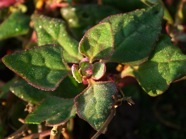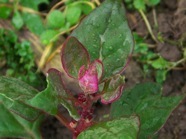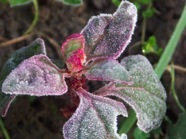
N
NASTURTIUM
Almost exclusively grown as an ornamental ,nasturtium (Tropaeolum majus or Tropaeolum minus) is a perfect edible plant with a rather sharp watercress -like taste. Plants are dead-easy in culture, there are compact varieties (Trop. minus) who perfectly well in pots, others (mostly Trop. majus) can have long vines take up quite a bit of space (you can grow them on trellises).
Leaves and flowers are edible, roasted seeds as well. The flowers have a milder taste compared to the leaves, and they are produced abundantly, from early to mid-summer until the first frosts.
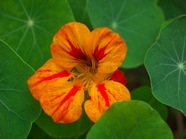
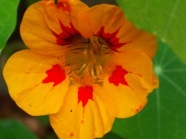
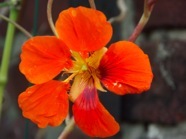
NETTLE
Or stinging nettle (Urtica dioica), considered by many as an annoying stinging nasty weed. Well, it’s just one of the most usefuls plants in the garden , they are one of the earliest greens in spring, used mainly in soups. They can be added to all sorts of hot spinach-like preparations, even stir-fried or steamed.
They are very nutricious and make great plant material for the preparation of a plant extract fertiliser for the garden (together with comfrey and others), and I could go on... And one thing I’ve got to mention here, they are very useful for many sorts of butterflies, who lay their eggs on the underside of the leaves, the caterpillars eat the leaves, and eventually become the butterfly.
NEW ZEALAND SPINACH
One of the summer alternatives for ordinary spinach (who bolts in summer). New Zealand spinach is a prolific growing plant, which can become quite big, ranking over 2 meter isn’t rare. It’s frost tender, and therefore can only be grown during summer. It prefers a sunny and wet spot, and thrives quite wel in poor soils. Pick the leaves whenever you need them, they regrow quickly. As far as I know, there are only 2 varieties, the very common green one and a rare (see pictures) reddish variety.
Seeds are best soaked during 24 hours before seeding.

